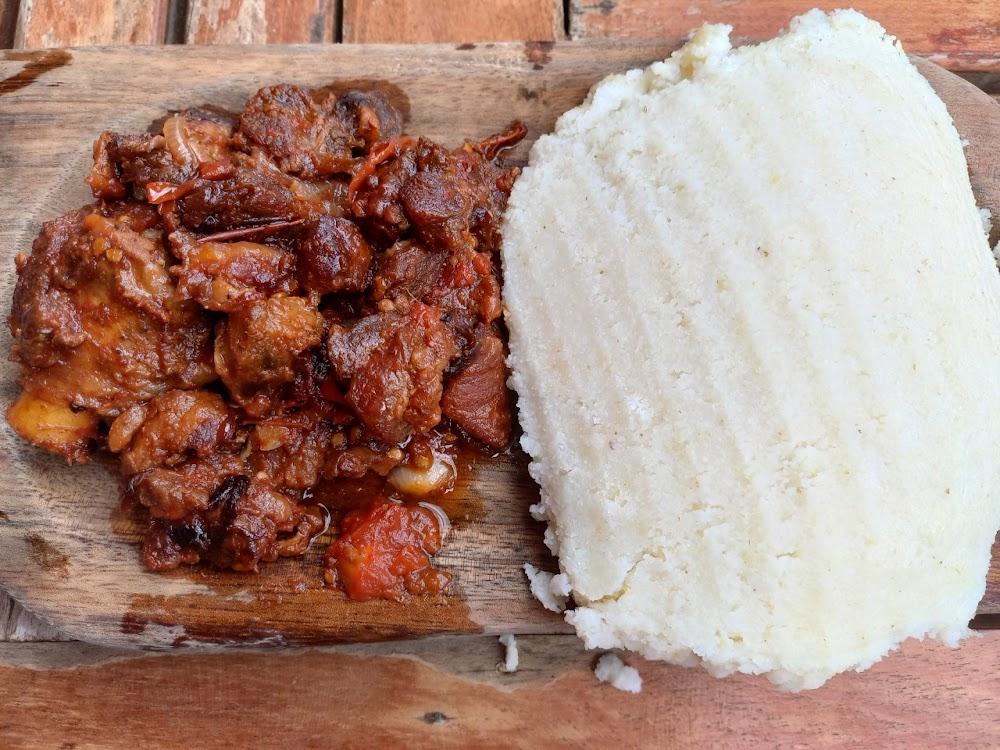Africa-Press – Kenya. Global food price inflation may be close to a peak given the recent fall in agricultural commodity prices according to the international rating agency, Fitch.
This could be a sigh of relief for households in Kenya and globally who have been forced to endure high food prices, pushing up the cost of living up to 40 years -high.
“World grain prices have fallen sharply in recent weeks, raising the prospect of a sharp drop in annual CPI food inflation next year,” noted Fitch Ratings in its latest Economics Dashboard.
Wheat, corn and soybean prices surged following Russia’s invasion of Ukraine but those rises have now been fully reversed.
On Monday the first ship carrying grain left a Ukrainian port under a landmark deal with Russia, in what could help ease the global food prices.
The ship was carrying 26,000 tonnes of corn and 16 other ships were waiting to sail out of ports in southern Ukraine, with Odesa, Chornomorsk and Pivdenny expected to be the main places of export.
Russia has been blockading Ukrainian ports since February, but the two sides made a deal to resume shipments.
The two countries jointly produce nearly a third of global wheat supplies.
In 2019 Ukraine accounted for 16 per cent of the world’s corn supplies and 42 per cent of sunflower oil, according to UN data.
Kenya has traditionally relied heavily on wheat imports from Ukraine and Russia, with the war leading to price increases of wheat flour and products in the country.
More than 80 per cent of Kenya’s wheat import is sourced from the two countries with other major sources being Argentina and the US.
It is also a maize importer from the region and international markets.
The country has since been forced to seek alternative markets for its maize imports, with the latest being Zambia while sourcing wheat from India and Serbia.
In the first half of the this year, prices have increased to over $ (Sh78,756) per tonne of the wheat offered in the world market, up from an average of $280 (Sh32,485).
This saw a two-kilogramme pack for the first time in at least four years breach the Sh200 mark for wheat flour.
On the shelves, the price of Ajab wheat flour went up to Sh202 from Sh168 in April, currently, Dola is now retailing at Sh194 from Sh160 while Ndovu is going for Sh190 from Sh165.
However in July the price of wheat in the global market declined by almost 40 per cent from Sh51,118 in March, to Sh35,995 a tonne.
A 2kg packet of maize flour that on average cost Sh126 in January is now retailing at a highs of Sh230.
A litre of cooking oil that cost an average of Sh305 is retailing at above Sh460 while half a kilo of cooking oil that cost Sh142 now goes for Sh213.
Last month, the country’s inflation hit a five-year high of 8.3 per cent, mainly driven by rising food prices.
However, both supply and demand factors have played their part in this rapid price correction and initial fears of grain shortages have given way to optimism that other producers can step in to increase supply.
According to the rating agency, Australia is forecast to produce another bumper harvest this year while some 20 million tonnes of grain are currently stored in Ukrainian port silos.
This is a substantial amount given that 45 million tonnes were exported in 2021 (11% of world exports).
Fertiliser prices have also fallen and could boost grain harvests by increasing crop yields.
In March the Agriculture cabinet secretary Peter Munya asked farmers to wait until August for the prices of fertilisers to reduce as the government needed Sh31.8 billion to subsidise the cost.
Fitch reports that agricultural commodity prices have also been driven lower by financial market concern that the Fed will tighten monetary policy to above “neutral” rates even if that risks a recession.
“The Fed’s more hawkish monetary policy stance in recent months has resulted in a rapid appreciation of the US dollar (index) to a 20-year high,” the report reads in part.
There is an inverse relationship between the dollar and commodities since the value of the dollar influences commodities prices given the currency’s use as a benchmark pricing mechanism for most commodities.
The shilling has been weakening against the US Dollar making imports more expensive with the global supply chain affecting shipping trends, which has further led to increased freight costs.
The slowdown in global industrial production is also consistent with softer commodity prices ahead.
“However, we see some upward risks to food prices. While prices of fertilisers have moderated, the surge in European natural gas prices (used in the making of fertilisers) to all-time highs could reverse that trend and affect crop yields,” the report reads in part.
Nevertheless, the UN’s FAO food price index has already started to stabilise.
Should the UN index remain unchanged at its June level and project this into next year, the resulting slowdown in UN food inflation would be consistent with a sharp fall back in annual food CPI in inflation in 2023.
For More News And Analysis About Kenya Follow Africa-Press






